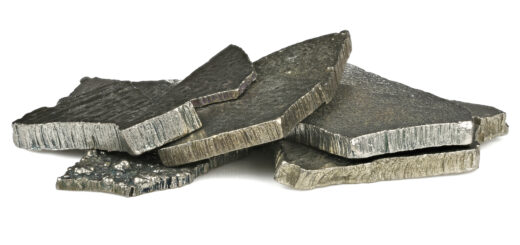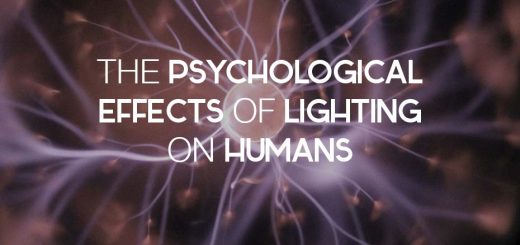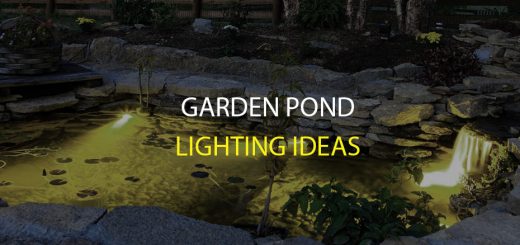Main problems that you will have to deal with when transitioning to renewable energy
If you want to make your household a model of sustainability and have it running 100% on renewable energy, that’s great, but you should be aware that there are a few problems you will have to deal with when making the transition away from fossil fuels. Let’s have a look at some of them.
Cost
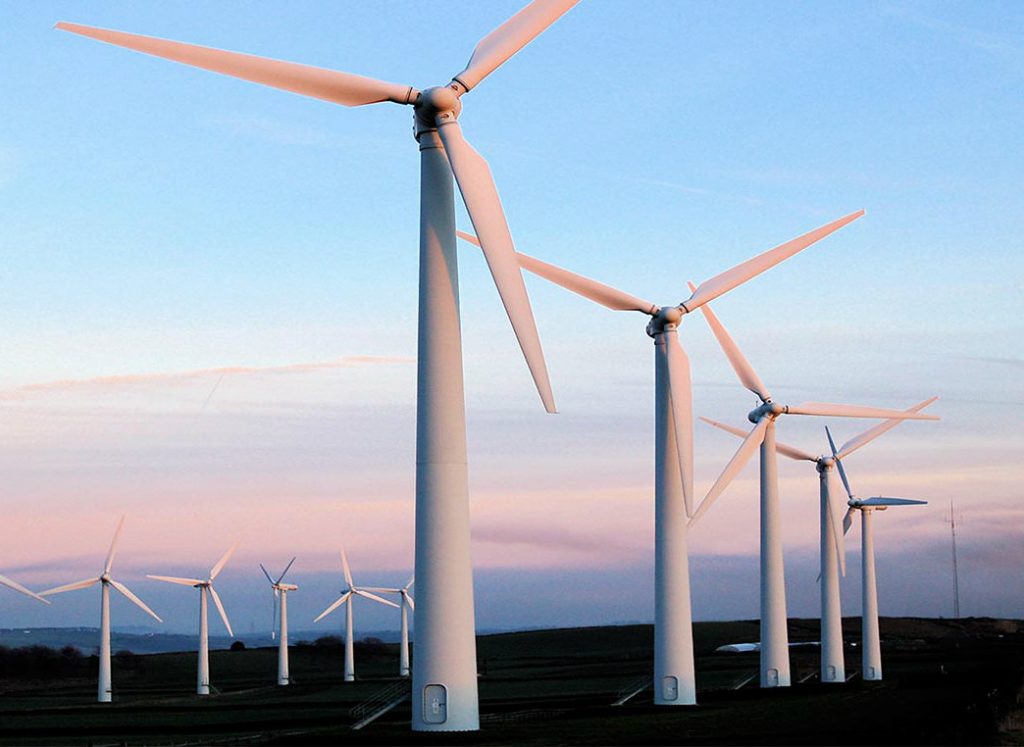 Despite soaring prices for conventionally sourced electricity, setting up solar panels or paying for renewably-sourced power will still be quite expensive, at least at the outset. Because of the lack of economies of scale for renewable technologies (as of yet anyway), and the subsidies granted to the fossil fuel industry – including the failure of the market to properly value the true costs of fossil fuels or the benefits of renewables – renewable energy is still artificially expensive compared to alternatives.
Despite soaring prices for conventionally sourced electricity, setting up solar panels or paying for renewably-sourced power will still be quite expensive, at least at the outset. Because of the lack of economies of scale for renewable technologies (as of yet anyway), and the subsidies granted to the fossil fuel industry – including the failure of the market to properly value the true costs of fossil fuels or the benefits of renewables – renewable energy is still artificially expensive compared to alternatives.
That is why when purchasing solar panels or other forms of renewable energy, you should take time to shop around for the best deal. Look also for any government incentives encouraging the take up renewable energy, like tax credits, or renewable energy certificates granted for generating your own power and which can be traded on the market. But also don’t be daunted by the hefty upfront cost of renewables: look at the long-term savings to be had in the form of reduced utility bills; in some states, you can even be paid for any excess electricity you generate and feed back into the grid. If solar PVC panels are still too expensive for your liking, consider a solar hot water system, and/or a solar oven, at least to begin with.
Intermittency and storage issues
Renewable energy is only available when the sun shines or the wind blows. So what happens when weather conditions are less than favorable, or in the case of solar power – when night arrives? Storage options do exist in the form of batteries, though they can be expensive. Also if you are going to be relying on stored power, you need to be aware that your solar system MUST be capable of generating more power than you need on your property. For example, if we assume six hours of good sunlight per day, then in that time your panels must be able to generate enough power to get you through the full 24 hours. As well as effective storage capacity, look into options with high conversion efficiency ratings. If intermittency is a real problem for you, then you will still have to depend on grid power to some extent or make use of the second form of renewable energy.
Your property’s features
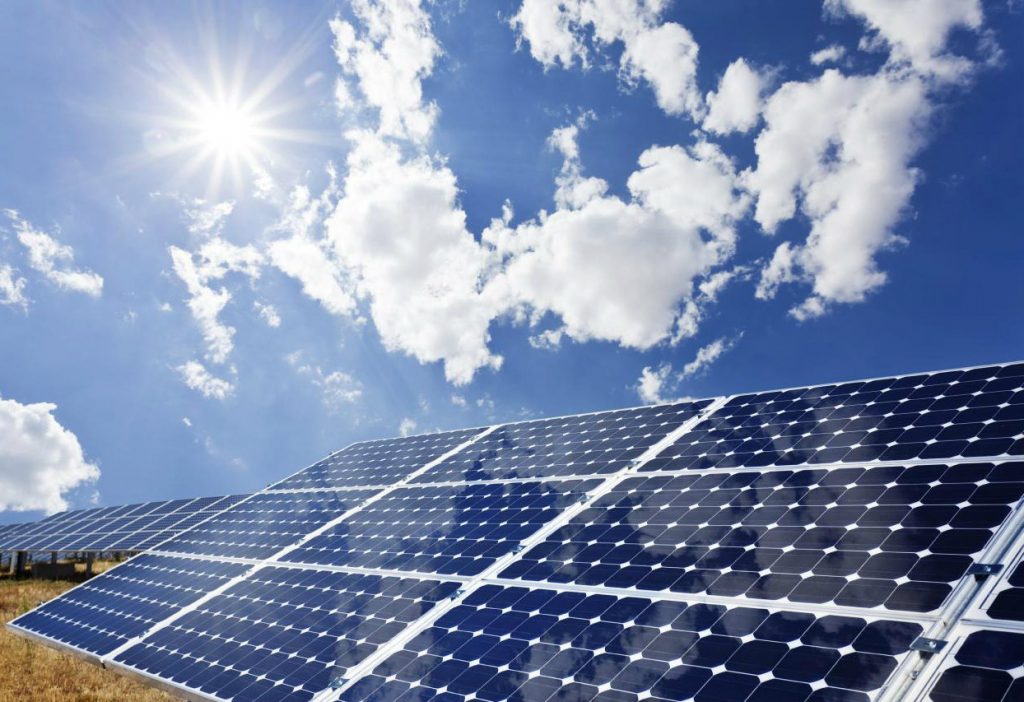 Does your property have the right facilities to install solar panels etc, for example, a north-facing roof if you live in the southern hemisphere? Is there enough space to install solar panels – or perhaps wind farms or even a micro hydropower system? Be aware that wind farms generate a lot of noise and can be ugly; are you prepared to put up with these downsides? Depending on where you live, local bylaws and zoning regulations may forbid it.
Does your property have the right facilities to install solar panels etc, for example, a north-facing roof if you live in the southern hemisphere? Is there enough space to install solar panels – or perhaps wind farms or even a micro hydropower system? Be aware that wind farms generate a lot of noise and can be ugly; are you prepared to put up with these downsides? Depending on where you live, local bylaws and zoning regulations may forbid it.
Information
Another challenge you will have to overcome in transitioning your power supply to renewables is lack of information. Renewable technologies are still pretty new, so many of us don’t know a lot about them, and the information needed to make informed choices about what products are available, what are their benefits and drawbacks etc, is not always readily obtainable. Also, renewable companies and projects tend to pretty small, and thus often just don’t have the resources to reach out and communicate with potential customers. You will have to do a lot of your own research to get a good idea of what’s really out there and what options are available.
Going green in your home is a laudable aim, but it’s certainly no walk in the park. Be aware and be prepared for the inevitable challenges that arise, and you will have a much better time of it when switching your home’s power supply over to renewable energy sources.

